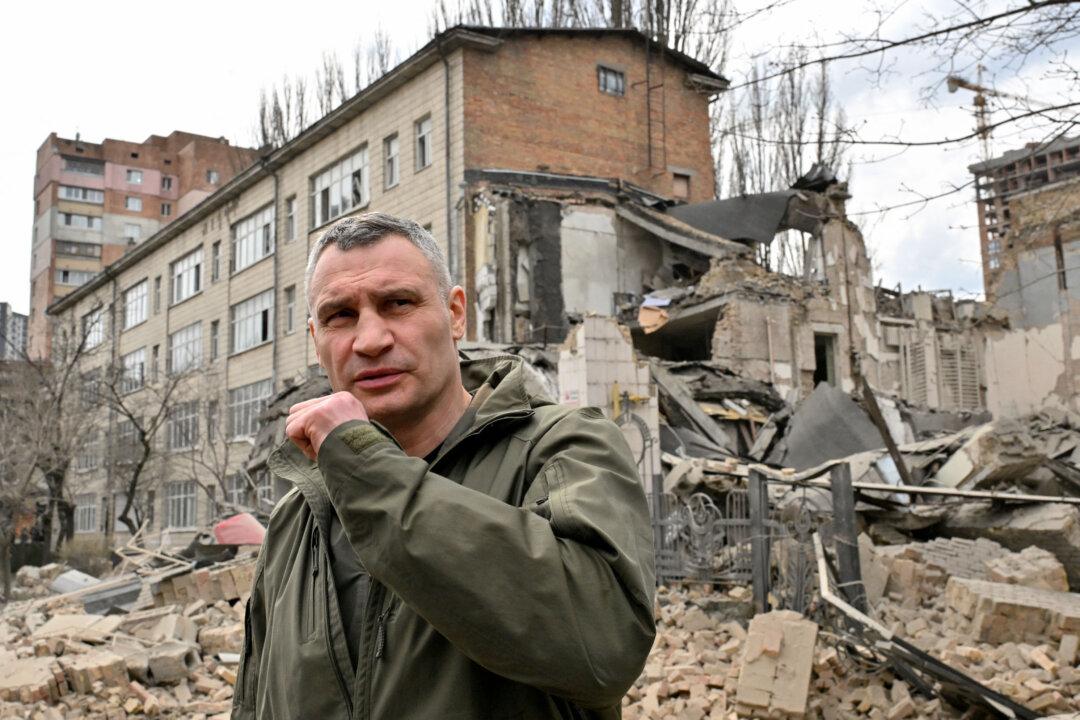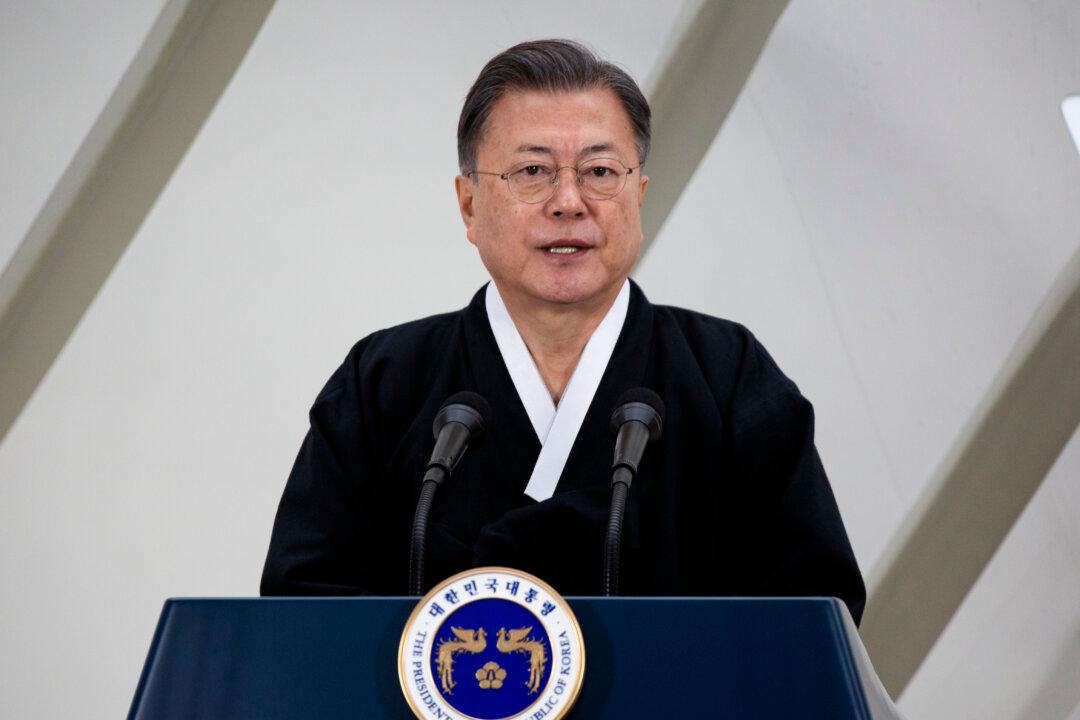Extra firefighters and water tankers have arrived in Los Angeles, as the city braces for more high winds.
The infernos have destroyed thousands of homes and killed at least 25 people in the City of Angels and nearby areas.
Los Angeles County Sheriff Robert Luna said on Monday that figure was likely to rise, with at least two dozen other people still missing.
Luna went on to say that he understands people were keen to return to their homes but asked them to be patient, adding, “We have people literally looking for the remains of your neighbors.”
In less than a week, an area of more than 62 square miles, roughly three times the size of the island of Manhattan, has been charred by four separate blazes.

Monday saw planes douse homes and hillsides around the city with pink fire-retardant chemicals, while crews and fire engines were being placed near areas where the brush was particularly dry.
The Santa Ana winds which contributed to the destruction last week are predicted to pick up again early on Wednesday and continue through 3:00 p.m., according to the National Weather Service (NWS).
The NWS warned the weather will be “particularly dangerous” starting 3:00 a.m. Wednesday, with winds in parts of Los Angeles and Ventura counties potentially reaching 50 mph, with isolated gusts up to 70 mph.
The winds are not expected to reach the same hurricane-force strengths as last week, but could ground aircraft involved in the response, according to LA County Fire Chief Anthony Marrone, who said that if winds reach 70 mph, “it’s going to be very difficult to contain that fire.”
As a result, fire officials have advised residents in high-risk areas to just leave home if they feel they are in danger, rather than waiting for formal evacuation orders.
Currently, about 88,000 people in Los Angeles County remain under evacuation orders, less than half the number from last week.
However, a large swathe of Southern California around Los Angeles is under the extreme fire danger warning through Wednesday, including the densely populated areas of Thousand Oaks, Northridge and Simi Valley. Another 84,000 people could be evacuated if the fires spread, said officials.
After facing criticism for the response to the fires last week, Marrone said that his department were “absolutely better prepared.”
“We’re absolutely better prepared,” Marrone said when asked what will be different from a week ago, when hurricane-force winds propelled multiple fires across the parched, brush-filled region that hasn’t seen rain in more than eight months.
More than 8,500 firefighters attacked the fires from the air and on the ground, preventing conflagrations at either end of Los Angeles from spreading overnight from Monday into Tuesday.

There have been more than a dozen wildfires in Southern California, which hasn’t seen significant rainfall in more than eight months, since Jan. 1, mostly in the greater Los Angeles area.
The latest started late on Monday in a dry riverbed in an agricultural area of Oxnard, about 55 miles northwest of Los Angeles.
One person was allegedly using a barbecue lighter to start fires, while another set a trash can ablaze, and a third was caught lighting brush on fire.
He said that all those small fires had been swiftly extinguished.
More than 12,000 homes, cars, and other structures have been destroyed by the blazes, for which authorities are yet to determine a cause.

Edison said last week that it had not received any suggestions that its equipment ignited that blaze.
The infernos could prove to be the costliest fires to ever burn in the United States, according to early estimates from AccuWeather, which suggests economic damage could rise to over $250 billion.
President Joe Biden expressed his and First Lady Jill Biden’s sorrow over the loss of life, saying their “hearts ache” for the “innocent souls we have lost in the wildfires across Los Angeles.
“Jill and I pray for them and their loved ones.”







